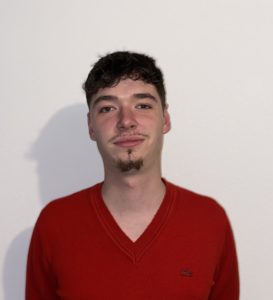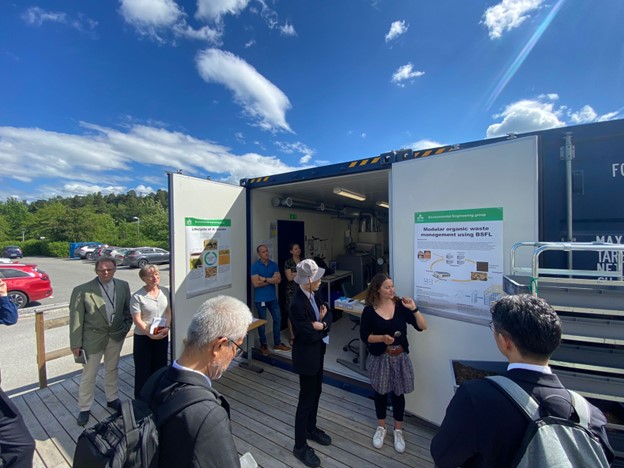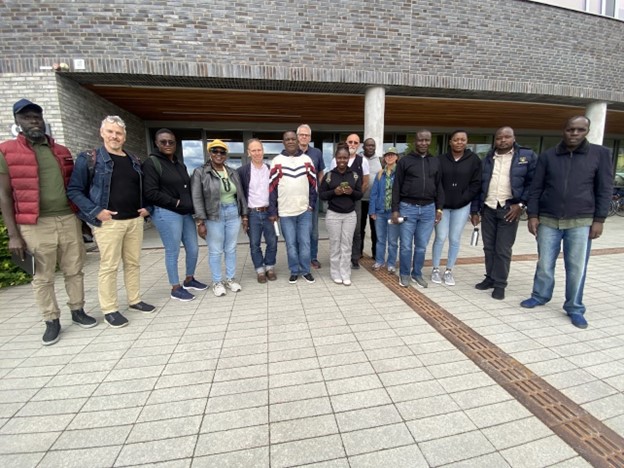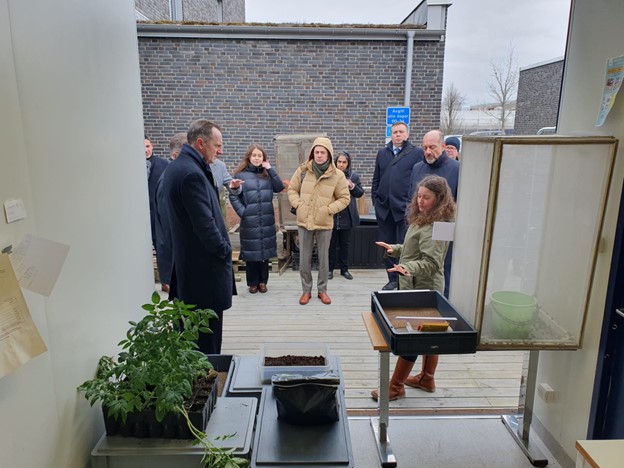
In a recent article published in BMC Environmental Science, Prithvi Simha and Gert van der Merwe argue that the term “green” ammonia is misleading, inaccurate, and overly simplistic.
Both brown ammonia and “green” ammonia are produced using the Haber-Bosch process. While brown ammonia is made using hydrogen extracted from fossil fuels, green ammonia uses hydrogen derived from renewable energy-powered electrolysis of water, thereby “greening” and decarbonizing ammonia synthesis. However, the nitrogen needed for Haber-Bosch ammonia synthesis is extracted from the atmosphere, an energy-intensive process that remains fundamentally linear for both types of ammonia. This anthropogenic nitrogen extraction has nearly doubled global nitrogen fixation, and already pushed the biogeochemical cycle of nitrogen beyond its safe planetary boundary.
Decarbonizing the global economy is essential, but focusing solely on reducing carbon emissions is shortsighted. To truly merit a green label, we argue that the fertilizer industry must adopt a planetary boundaries framework that extends beyond the current industry focus on merely offsetting or reducing carbon emissions from fertiliser production. The industry has a significant impact on nitrogen and phosphorus nutrient cycles and thus, has extended producer responsibility for minimising the environmental impacts of its products.
We think that the fertiliser industry should strive for creating products that substantially reduce reactive nitrogen and phosphorus fluxes to ecosystems. One solution here is to engage in the large-scale production of bio-based fertilizers. For instance, recycling humanurine alone could substitute about 25% of the nitrogen and phosphate fertilisers used in agriculture globally. Such recycling could offset the demand for anthropogenic nitrogen fixation via green/brown ammonia synthesis, while aligning food systems more closely with the principles of a truly green and circular economy.
Let’s redefine what it means to be “green” by considering the full environmental impact and embracing genuinely sustainable alternatives.
Read the full article here: https://lnkd.in/dKmxCz_S

 Hi! My name is Nathanaël, but everyone calls me Nate, so feel free to do the same. I am currently interning with the Environmental Engineering Research Group at SLU for three months, and I’ll be here until July 26th. I come from Strasbourg, France, where I attend ENGEES (National School of Water and Environmental Engineering, Strasbourg). Our focus is on all aspects of water, from the smallest water cycles to the bigger picture. Next school year will be my final year before I become an engineer. My specialty is water treatment, and I aspire to work in wastewater treatment plants or in a design office that deals with their dimensioning or startup. This interest led me to contact researcher Prithvi Simha, as I found the subject of urine separation particularly fascinating and underexplored at my school. I’m currently working and learning with PhD student Christoffer Parrow Melhus on urine collection pipes. In these pipes, urea breaks down into ammonia and carbon dioxide, leading to precipitation that can cause complete blockages. On a personal note, I enjoy discovering new things and was actively involved in student life at my school, organizing events for my peers. In my spare time, I like to go fishing to recharge my batteries.
Hi! My name is Nathanaël, but everyone calls me Nate, so feel free to do the same. I am currently interning with the Environmental Engineering Research Group at SLU for three months, and I’ll be here until July 26th. I come from Strasbourg, France, where I attend ENGEES (National School of Water and Environmental Engineering, Strasbourg). Our focus is on all aspects of water, from the smallest water cycles to the bigger picture. Next school year will be my final year before I become an engineer. My specialty is water treatment, and I aspire to work in wastewater treatment plants or in a design office that deals with their dimensioning or startup. This interest led me to contact researcher Prithvi Simha, as I found the subject of urine separation particularly fascinating and underexplored at my school. I’m currently working and learning with PhD student Christoffer Parrow Melhus on urine collection pipes. In these pipes, urea breaks down into ammonia and carbon dioxide, leading to precipitation that can cause complete blockages. On a personal note, I enjoy discovering new things and was actively involved in student life at my school, organizing events for my peers. In my spare time, I like to go fishing to recharge my batteries.








We are happy to share our new publication “Advances in substrate source composition for rearing black soldier fly larvae as a protein source“, published as a chapter of the book “Insects as alternative sources of protein for food and feed”, published by Burleigh Dodds Science Publishing
In this chapter, Cecilia and Ivã discuss some of the challenges faced by the BSF industry in relation to the feed substrates available for rearing this amazing insect species. Bioconvesion is affected by many variables and it is not easy to always have good predictability of the process and product composition combined with environmental sustainability.
We strongly believe that the real value of BSF larvae can only be extracted when waste streams are used as feed substrate (especially post-consumer waste) and when the larvae end up as feed for livestock. This, in our view, is the real path to sustainability!